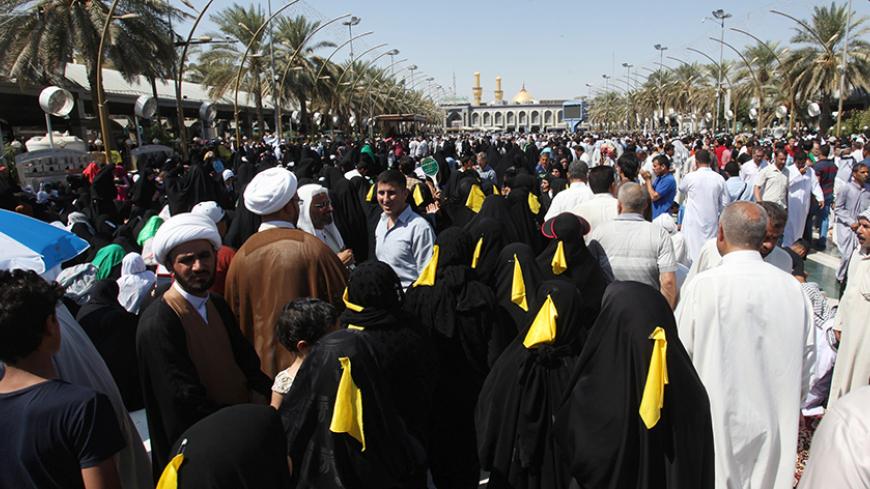BAGHDAD — Every year, the number of pilgrims visiting religious sites in Iraq increases. After Iranians were not allowed to travel to Mecca to perform the hajj this year due to Iranian-Saudi disputes, Iranian Shiites headed in great numbers to Imam Husayn Shrine in Karbala to celebrate the Day of Arafah on Sept. 10. There were around 1 million visitors in September. As the holy month of Muharram, during which time Shiites visit Karbala, is approaches, the number of visitors will increase further.
The increase in visitors has sparked questions whether Iraq can find a way to improve the country's economy, despite the fact that it hasn’t imposed taxes or fines on religious tourists for 12 years. But indicators in August foreshadowed a gradual growth in tourism that focuses on religious and archaeological landmarks.



